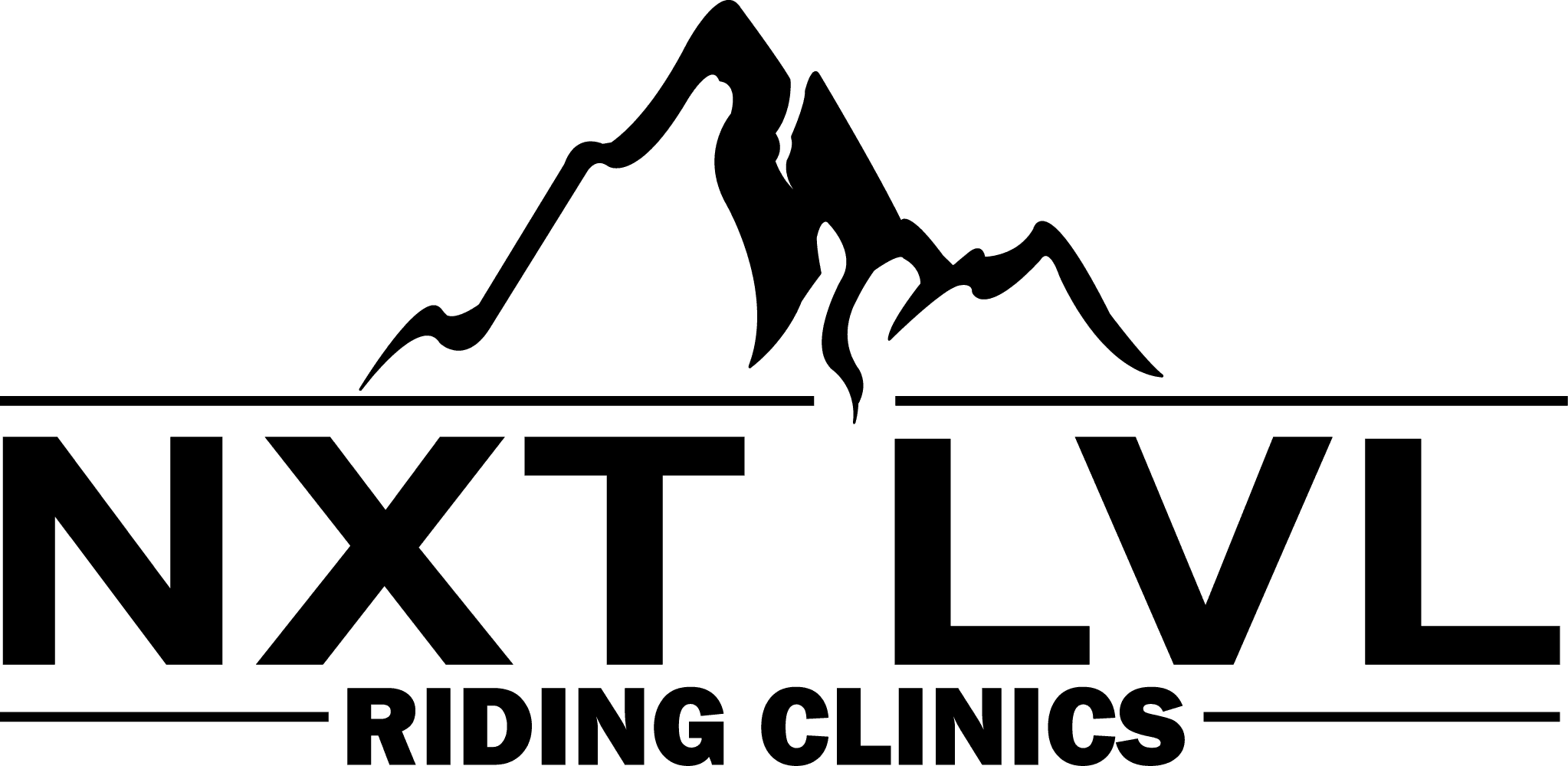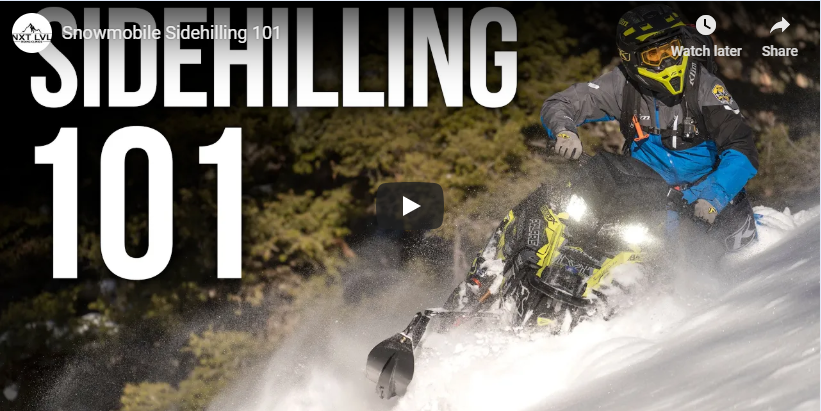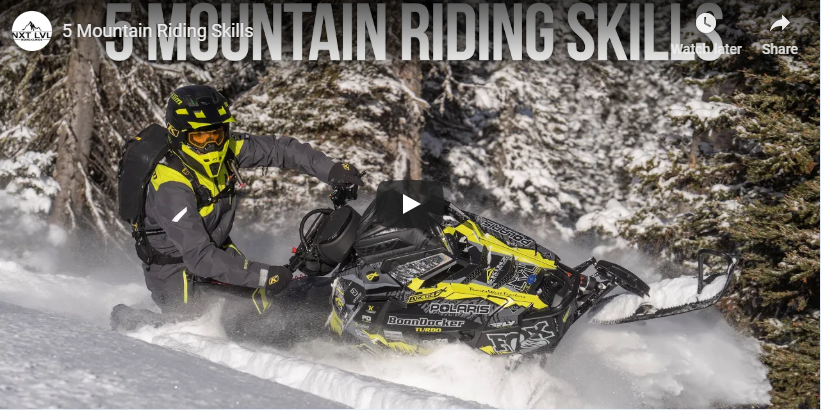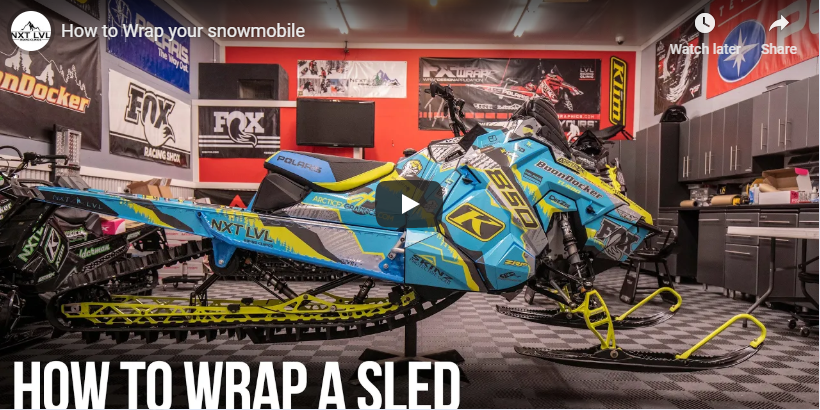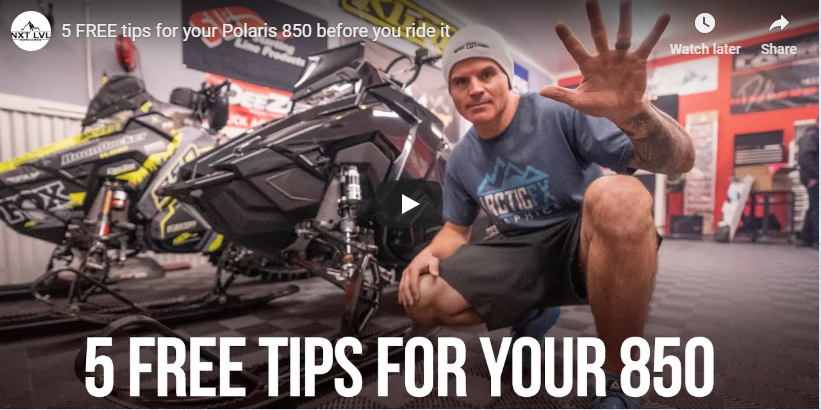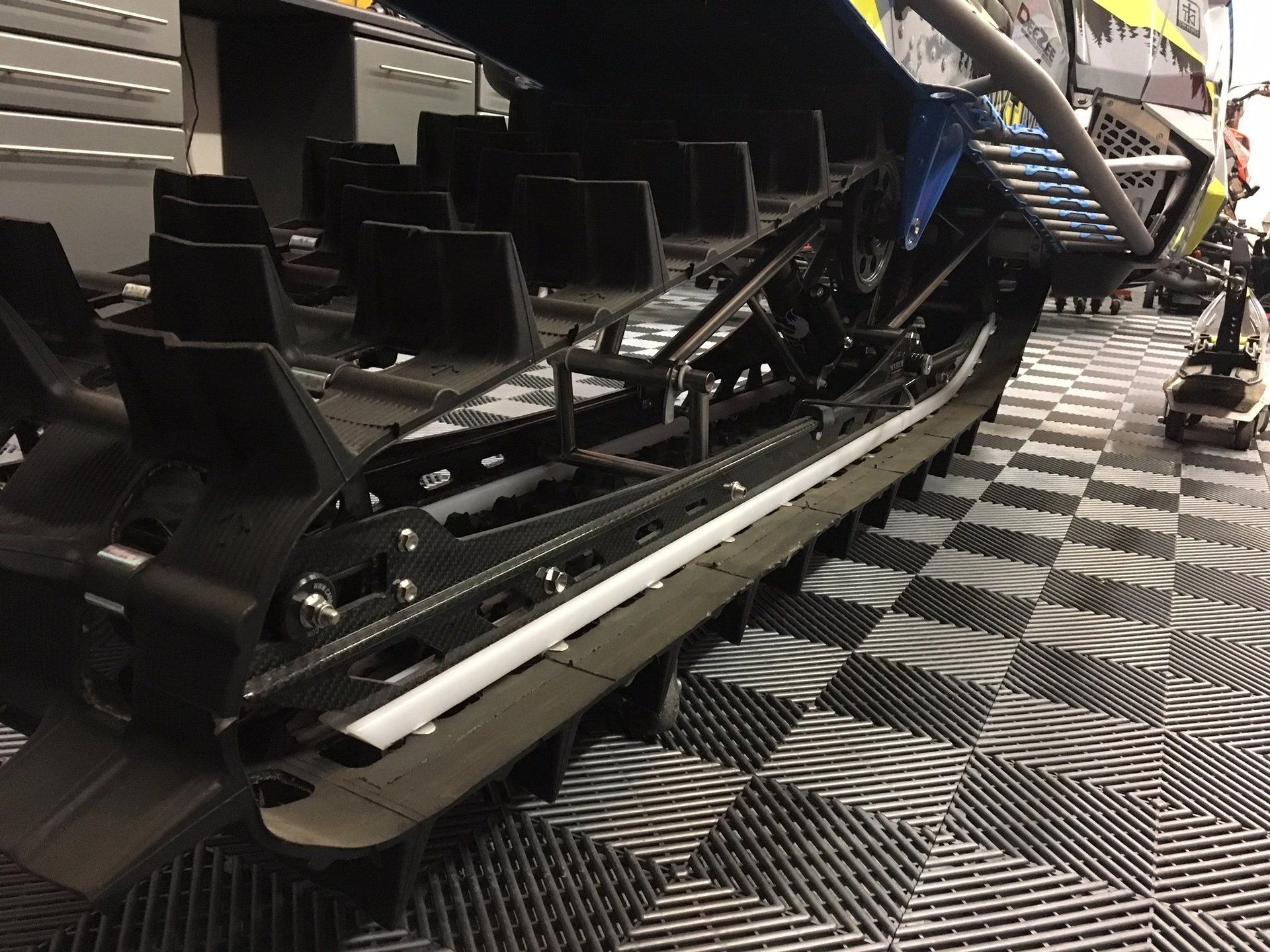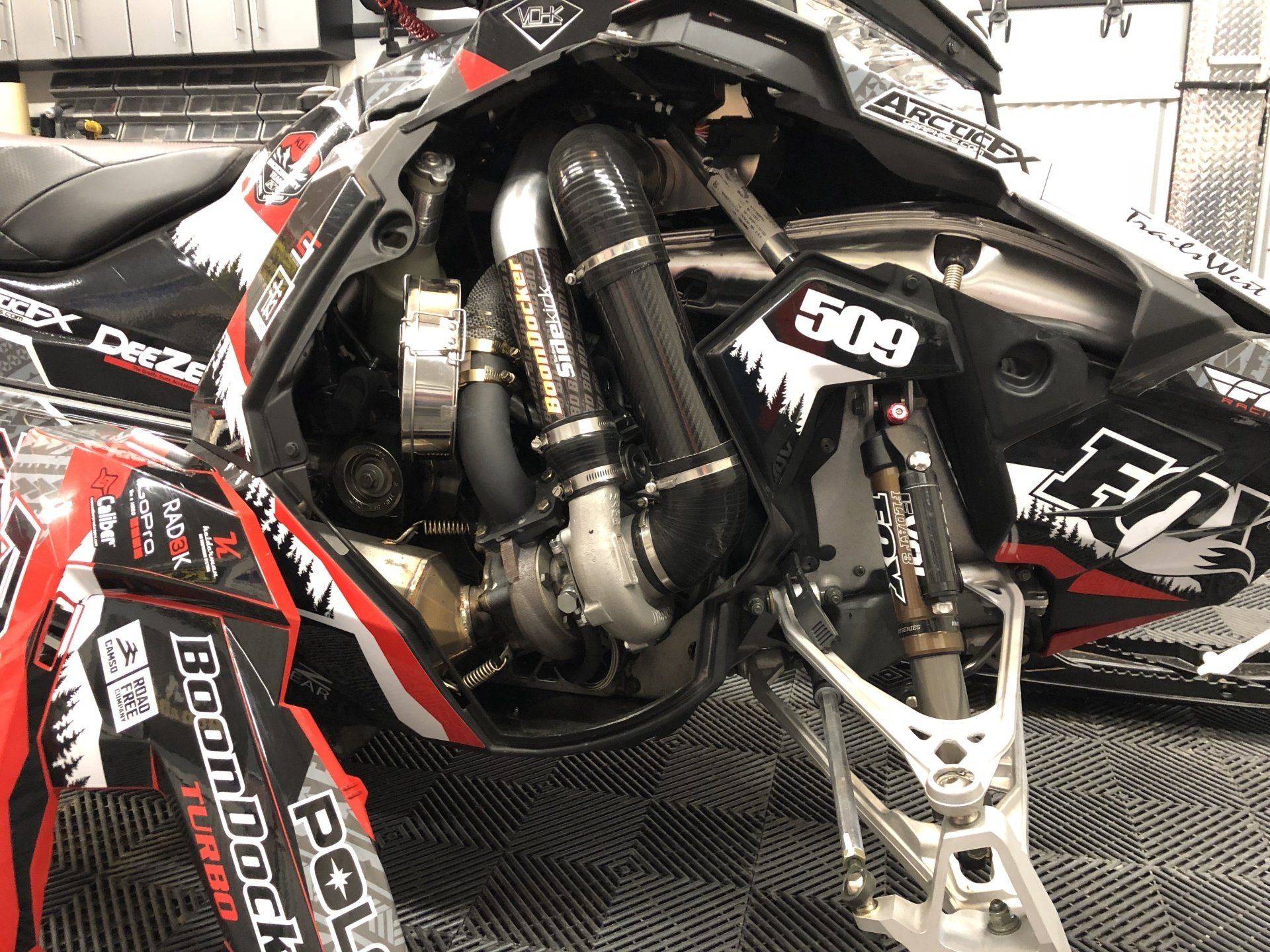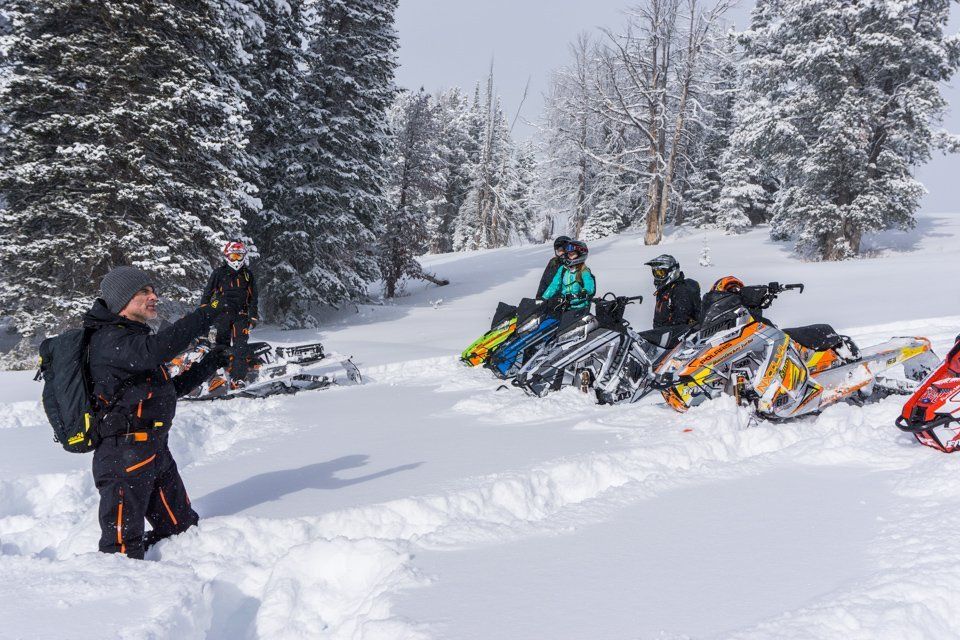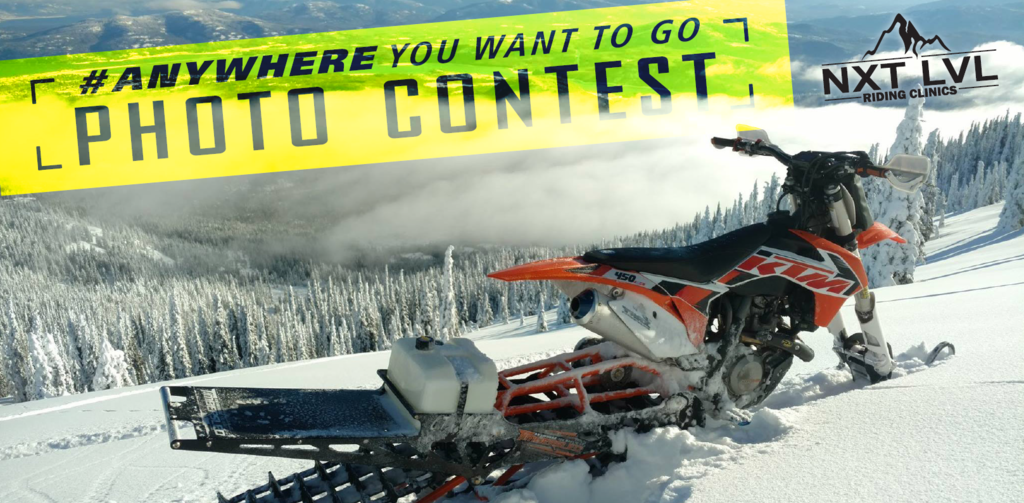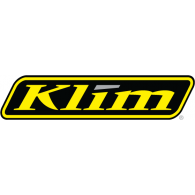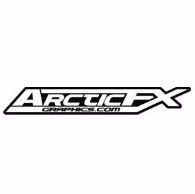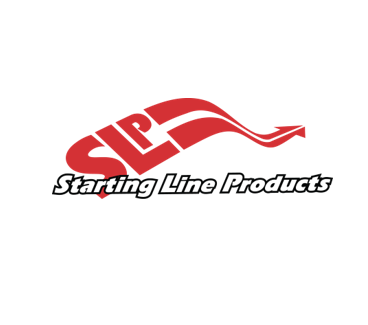ARE YOU FIT TO RIDE?
- By irina@nextlevelclinics.com
- •
- 24 Oct, 2017
- •
It's that time of the year and we are all excited to get on snow, but are we ready to ride? Are you fit enough to ride? Does your fitness level effect your riding?

Have you ever been out of breath when you got to the top of the hill? The likely answerer is yes, we’ve all been there. Breathing is the most fundamental function of the human body, but very few of us pay any attention to it. In fact most people take short, shallow breaths which deprive your body of vital oxygen resulting in inferior muscle use, lower energy levels and less ability to concentrate. Even worse than shallow breathing is the fact that many people hold their breath in intense situations.
If you are looking to get in shape to ride this season, Cardio is a must in your training program. Cardio is short for cardiovascular exercise which means any exercise that benefits the heart and lungs. Cardio strengthens your heart so it can effectively deliver oxygen rich blood to your muscles decreasing muscle fatigue when you ride and help you avoid the dreaded arm pump. It also increases your lung capacity, decreases risks of heart disease, and can help you shed a few unwanted pounds.
Walking, running, swimming, biking, are just some basic examples of cardio. Any activity that gets your heart rate into a Target Heart Rate Zone and keeps it there over a period of time is considered cardio. To find your max heart rate and your Target HR Zone you will need to: take 220, subtract your age and that is a starting point for your max HR. For example, the average 40 year-old would have an average max heart rate of 180, a 45 year-old be 175, and so on. Now you need to find your Target Zone. 60% of your max HR = bottom of Target Zone. 75% of your max HR = top of Target Zone. Training in this range produces the best overall fitness results for the recreational athlete. If you have been sedentary for some time, you may want to start your program at as low as 50% of your max HR.
A heart-rate monitor is needed to help you attain and stay in your Target Zone. At this stage, you don't need anything too fancy - just one that gives you a constant readout and upper & lower settings, along with a wireless chest strap. Now you are ready to train, staying in your Target Zone for at least 40 minutes, 3-4 times a week is a good start. Do not try to reach your Max Target HR right away. Take your time and you will gradually increase your performance. In time, you will be able to increase the time you spend training and your results will increase as well. Training like this will allow you to ride longer, with less fatigue, and recover faster with less muscle soreness.
Cardio does not have to be this hated torture, get creative. For example dirt biking and mountain biking are great cardio cross training activities that can condition you for the winter season. Playing sports like soccer, football, basket ball can be all the training you need. Whatever you do, remember that the effort you put into your training equals the benefit you get out of it.
Consult with your doctor before starting any training program.
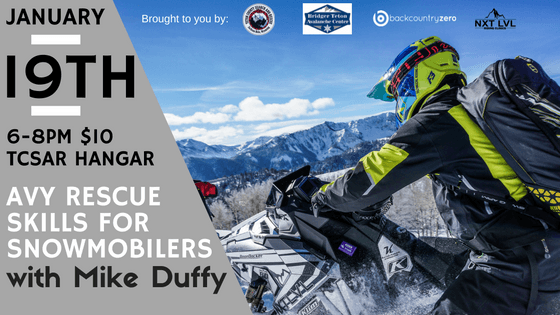
Its time to improve your AVY skills on and off the snow! Ask yourself, is my riding group ready and able to handle an avalanche search? Do they truly know how to use their AVY equipment? Can they do it efficiently when the seconds count? Be honest with yourself.
Join us, and bring your riding buddies for an avalanche skills workshop designed specifically for snowmobilers! World-renowned speaker and teacher Mike Duffy of avalanche1.com will be presenting this new workshop on Thursday January 19th, 2017 at TCSAR Hanger. Discussion topics will include: how not to get caught in an avalanche; daily routines; effective search techniques, searching by snowmobile, advanced rescue techniques; nine avalanche problems; recent avalanche stats; and reading the avalanche forecast. A Q&A with Mike Duffy and Dan Adams (Next Level Riding Clinics) will follow.
Space is limited in the workshop. Please register online HERE to secure your spot.
This workshop is brought to you by Teton County Search and Rescue, Backcountry Zero and Bridger-Teton Avalanche Center.
